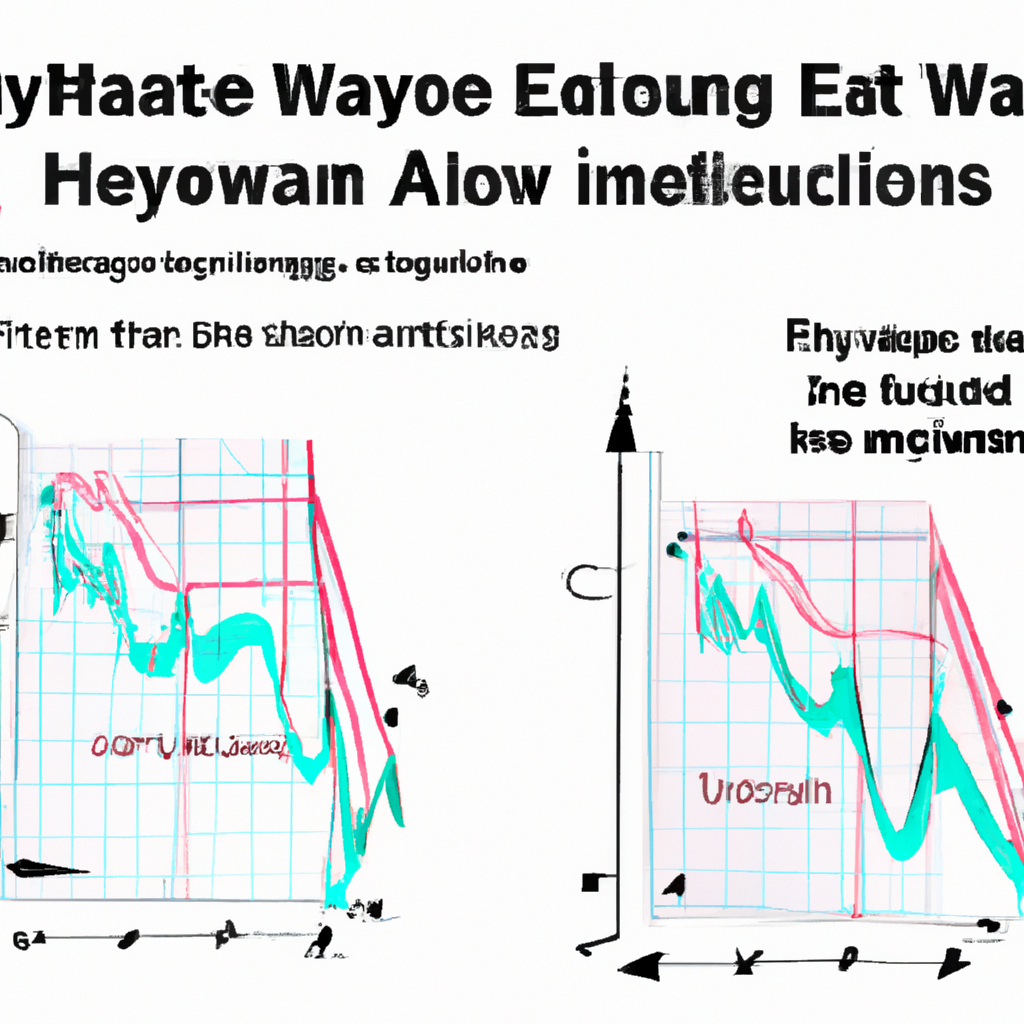
Elliott Wave Analysis: Methods for Predicting Market Trends
Elliott Wave Analysis Methods
Introduction
Elliott Wave theory is a method of technical analysis that attempts to predict future price movements by identifying patterns in market trends. This theory is based on the idea that markets move in a series of waves, both upward and downward, and that these waves can be analyzed to forecast future price movements.
Basic Principles of Elliott Wave Theory
The Elliott Wave theory is based on the following principles:
1. Impulse Waves
Impulse waves are the main trend waves in the Elliott Wave theory. They consist of five waves moving in the direction of the main trend, followed by a correction.
2. Corrective Waves
Corrective waves are counter-trend movements that follow impulse waves. They consist of three waves moving against the main trend.
3. Wave Degree
Wave degree refers to the size and duration of waves. Waves are classified into different degrees, such as Grand Supercycle, Supercycle, Cycle, Primary, Intermediate, Minor, Minute, Minuette, and Subminuette.
Methods of Elliott Wave Analysis
1. Wave Counting
Wave counting is the process of identifying and labeling waves according to the Elliott Wave theory. Traders use wave counting to determine the current position of the market within the Elliott Wave cycle.
2. Fibonacci Retracement Levels
Fibonacci retracement levels are used to identify potential support and resistance levels in a market. Traders often use Fibonacci retracement levels in conjunction with Elliott Wave analysis to confirm wave counts and predict price targets.
3. Trendlines
Trendlines are used to identify the direction of the trend and potential reversal points in a market. Traders can draw trendlines connecting the highs and lows of waves to determine the overall trend and potential entry and exit points.
4. Oscillators
Oscillators, such as the Relative Strength Index (RSI) or Stochastic Oscillator, can be used to confirm Elliott Wave analysis by providing additional signals of overbought or oversold conditions in a market.
Conclusion
Elliott Wave analysis is a powerful tool for predicting future price movements in financial markets. By understanding the basic principles of Elliott Wave theory and using methods such as wave counting, Fibonacci retracement levels, trendlines, and oscillators, traders can make more informed trading decisions and improve their overall profitability.

